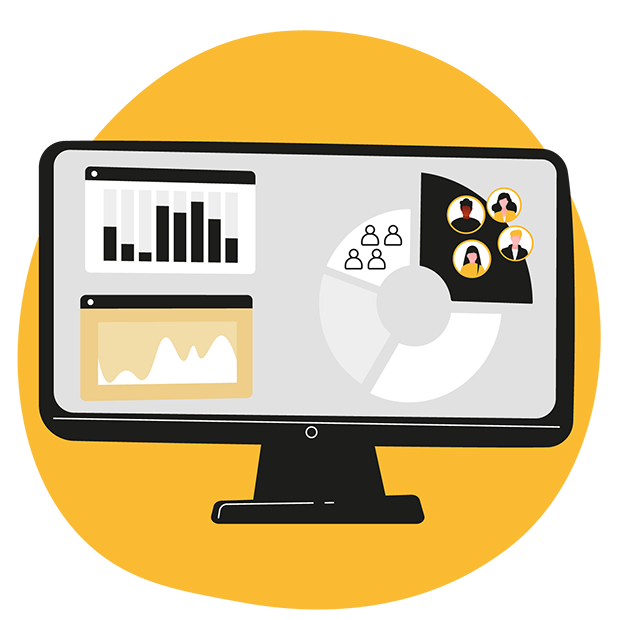Why choose server-side tagging?
Implementing server-side tagging may take some time and effort, but you get something in return! There are numerous reasons why server-side tagging is useful.
The first benefit is that server-side tagging gives you more of your own influence over your data. More control. Because your data is sent to your own server, you can do anything you want with it. Filter out non-interesting data, transform data or add additional data: you are in control of your own data.
Furthermore, server-side tagging responds to the increasing importance of privacy. In fact, server-side tagging also has a security function. Data can be filtered so that not all data is (unwittingly) forwarded to a third party. Fully control which data third parties can and cannot receive. Additional security can be ensured by using encryption functions.
how does it affect your website?
A third benefit of server-side tagging has to do with website speed. It gets better! With server-side tagging, the browser does not have to load code for each channel, which is the case with client-side tagging.
A final key benefit of server-side tagging: the circumvention of both browser extensions and default adblockers in FireFox, Safari and, by 2024, Chrome as well. Read more about privacy and information processing developments in our first blog.
When a website visitor gives permission for data to be collected, it may still be the case that not all data is collected. This is because adblockers block requests from ad platforms, such as Google Analytics, even if the user cannot be identified. The purpose of adblockers is to block ads on websites. Known ad URLs are blacklisted. Since third-party trackers also refer to these URLs, third-party cookies are blocked. Thanks to server-side tagging, this can be circumvented! With server-side tagging, you do not send your data to google-analytics.com, for example, but to data.ownwebsite.com. Adblockers are less likely to recognize this URL. This way you will be able to get more (anonymous) data into your system.

